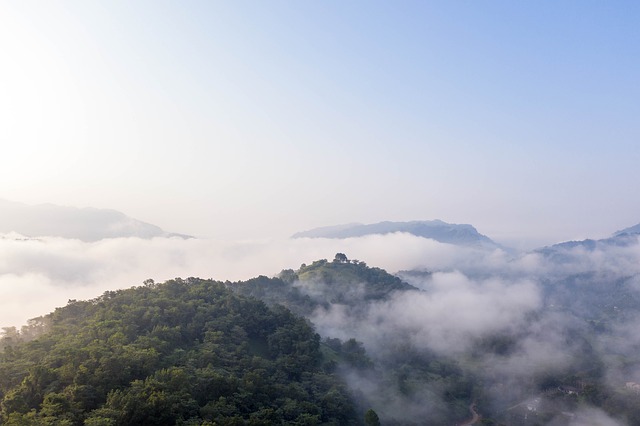12 Tourist Places to Visit in Chamba in 2024 | Chamba Travel Guide 2024 | Chamba Tourism 2024 | Chamba Himachal Pradesh | Things to do in Chamba | Best Time to Visit Chamba
History of Chamba
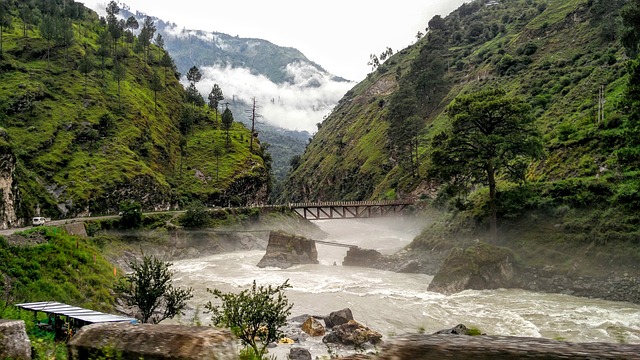
Chamba being a major city of Himachal Pradesh is a famous tourist destination as well. Many major tourist places of Himachal like Dalhousie, Khajjiar and Dharamshala are situated just a few kilometres from Chamba. Chamba city, situated on the banks of river Ravi, is also very famous due to its natural scenery and the ancient temples built here.
Chamba, situated at an altitude of 996 meters above sea level, is considered to be one of the oldest cities in Himachal. Originally Chamba was founded by Raja Sahil Varman in the 10th century (920 AD). He named the city after his only daughter Champavati. If we try to learn a little more about the history of Chamba, we find that many historical records mention this place to be the abode of Kolian tribes around the second century. Around 500 BCE this region was ruled by Raju Maru.
At that time Raju Maru was the king of Bharmour, located 60 km from Chamba, who later made Chamba his capital. It is believed that after Raju Maru, about 67 kings of his dynasty ruled Chamba. Although many Mughal and foreign invaders such as Akbar and Aurangzeb attacked from time to time to control Chamba, those people were never able to take control of Chamba.
The British ruled the area from 1846 to 1947 in the colonial period. After that, Chamba merged with India on 15 April 1948 after India’s independence. There are many ancient palaces and temples in Chamba, which are visited by tourists throughout the year to see Chamba. Apart from palaces and temples, “Sui Mata Mela” and “Minjar Mela” in Chamba are also very much liked by devotees and tourists.
A variety of cultural events are held daily in these fairs lasting for several days. These cultural performances include music and dance performances by local and foreign artists. This ancient city of Himachal is also very famous for its folk art and craft. Pahari paintings made by the artists of Chamba during the 17th and 19th are still very famous all over the world.
Manimahesh Lake
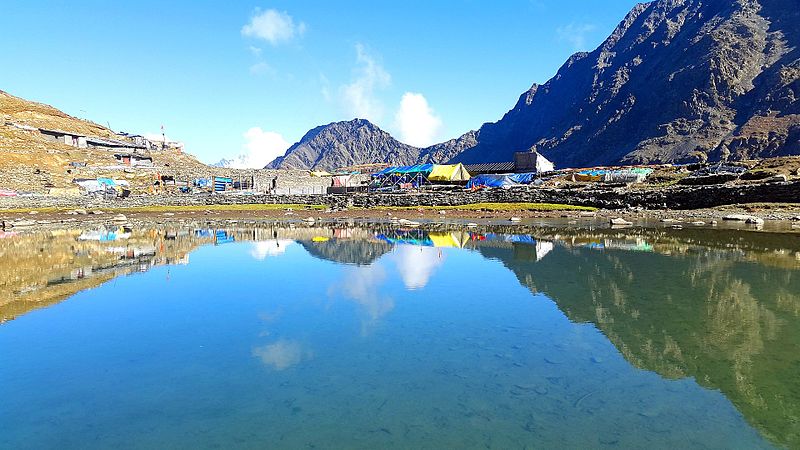
Located at a distance of 52 km from Chamba, Manimahesh Lake is considered a great centre of faith for Hindu devotees. According to mythological beliefs, Manimahesh Lake was built by Lord Shiva after marriage to Parvati Mata. For this reason, the religious importance of Manimahesh Lake is considered equal to that of Manasarovar Lake.
Manimahesh Lake, located in the Pir Panjal Range of the Himalayas, has an elevation of 4080 meters (13386 ft) above sea level. A huge fair is organized at Manimahesh Lake every year on the eighth day of Amavasya, which falls in August and September. The journey of this time of year is called “Manimahesh Yatra”.
Although there are many traditional treks to visit Manimahesh Lake, the easiest way to reach Manimahesh Lake is from Chamba, you first go to Bharmour and from there you will Manimahesh can be reached easily.
Bhuri Singh Museum Chamba
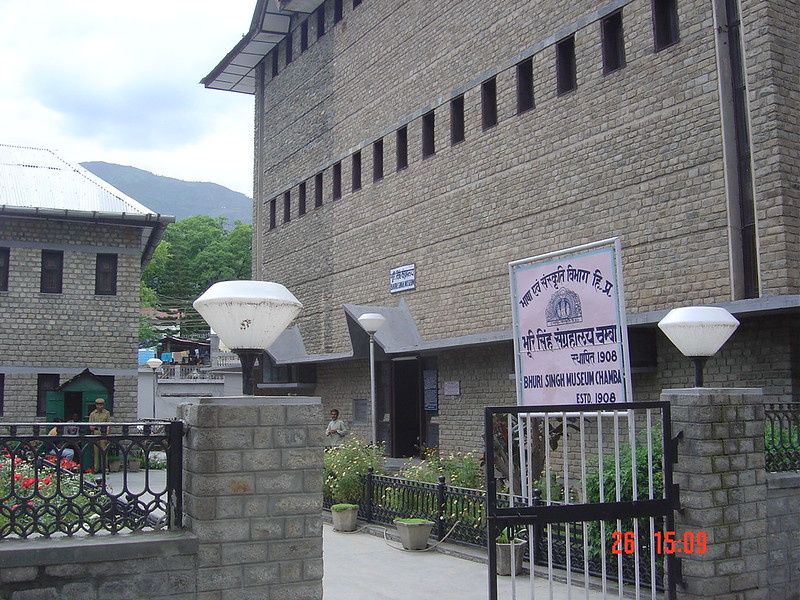
The construction of the Bhuri Singh Museum, which is more than 100 years old, was completed on 14 September 1908. The Bhuri Museum, built during British rule, is considered to be a major centre of attraction throughout Himachal Pradesh.
In the construction of the museum, the then Raja Bhuri Singh and Dr J. Vogel played a very important role. The museum was named after the Bhuri Singh after Raja Bhuri Singh. This museum has a collection of more than 8500 ancient and medieval rulers.
The museum has a wide collection of carved doors, costumes, copper plates, weapons, Basohli paintings, instruments, rare Sarada script, murals, memorial stones, royal ornaments Guler Kangra paintings etc. It is the best place to get to know the ancient culture and history of Himachal and Chamba closely.
Bhuri Singh Museum Chamba Timings
The museum is open for tourists from 10:00 am to 05:00 pm.
Bhuri Singh Museum Chamba Entry Fee
The entrance fee for tourists in the museum is only Rs.20 / -.
Akhand Chandi Mahal Chamba
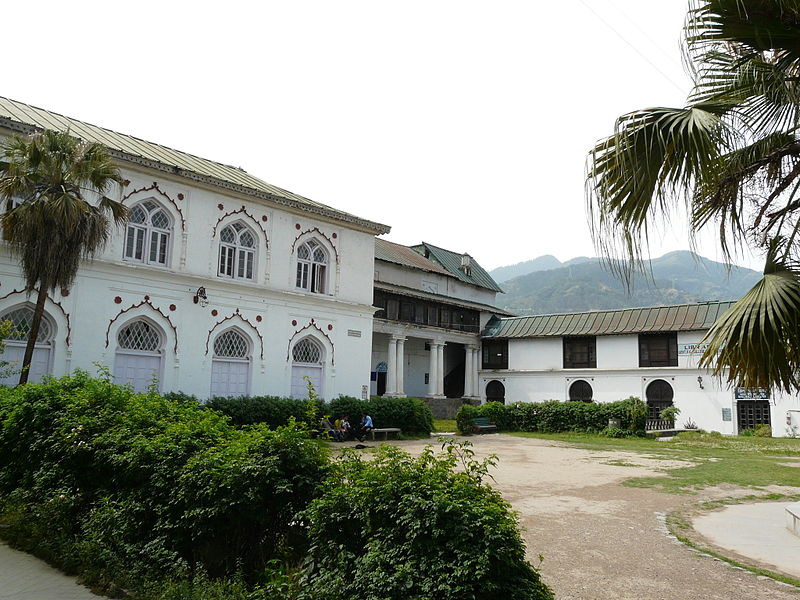
Akhand Chandi Mahal is the oldest palace of Chamba built in medieval times. This palace was built by the then-ruler of Chamba, King Ummed Singh during 1747-1765. Shortly thereafter, in the colonial period, Raja Sham Singh, with the help of British engineers, got the reconstruction of Akhand Chandi Mahal done.
In the 19th century (1879 AD) a British officer Captain Marshall also built the Durbar Hall (Marshall Hall) in this palace. Janna Mahal was also built in this palace during the reign of King Bhuri Singh. In 1958, after the independence of India, the king of the then Akhand Chandi Mahal sold this palace to the Government of Himachal Pradesh.
Shortly thereafter, the state government converted this palace into a district library and government college. The views of Chamunda Devi Temple, Rang Mahal, Bansi Gopal Temple, Sui Mata Temple and Lakshmi Narayan Temple from Akhand Chandi Mahal are very beautiful.
The construction of the Akhand Chandi Palace reflects the influence of Mughal and British architecture. The roof of the palace has been painted green, the effect of the cone-shaped palace roof is also seen in the local houses of Chamba.
Akhand Chandi Mahal Chamba Timings
Any time of the day.
Akhand Chandi Mahal Chamba Entry Fee
Entry free.
Champavati Temple Chamba
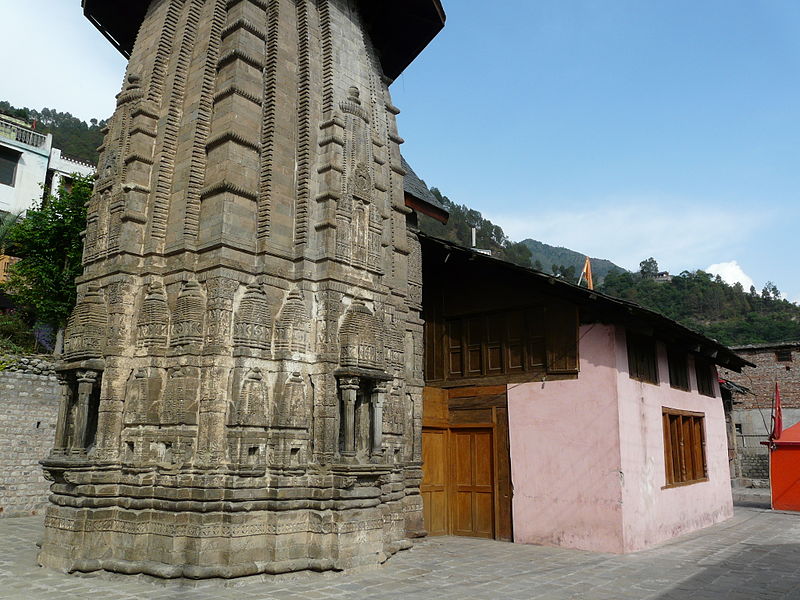
Chamba founder Raja Sahil Varman built the Champawati temple in the 10th century (920 AD) in memory of his daughter. The Champavati temple is considered to be one of the oldest temples in Chamba. Nepali architecture has been used in the construction of the temple.
There is a big wheel on the top of the temple, which makes this temple different from other temples of Chamba. And because of this big and round wheel, the peak of the temple attracts tourists the most. In terms of Vastu and fame, this temple is considered similar to the Lakshmi Narayan Temple of Chamba.
The statue of Mahishasuramardini, one of the nine incarnations of Goddess Durga, has been installed in the home of the Champavati temple. The temples of Vasuki Nag and Wazir have also been built in the temple complex. Though devotees keep coming to the Champavati temple for the whole year, during the Navratri, a large crowd of devotees gather in the temple to see Goddess Durga.
Being a temple of archaeological importance, the responsibility of taking care of the temple is done by the Archaeological Survey of India Department.
Champavati Temple Chamba Timings
Devotees and tourists can visit the temple at any time of the day.
Champavati Temple Chamba Entry Fee
Entry free.
Chaugan Chamba
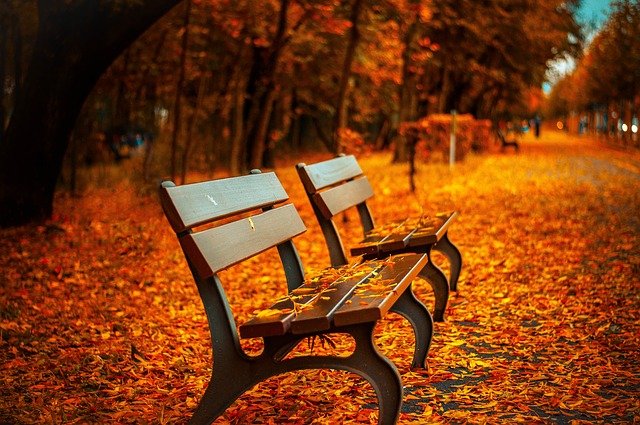
Chaugan Ground, built in the centre of Chamba City, is a flat ground. This ground is situated right in front of the Akhand Chandi Mahal, this ground was built in colonial times to play and entertain the British authorities. The Chaugan Plain is a square ground that is 800 meters long and 80 meters wide.
The Chaugan ground is currently used to organize state-level sports competitions. The famous Minjar fair of Chamba is also held at the Chaugan ground. Apart from the famous chappals of Chamba, Chaugan is considered a suitable place to buy artefacts made from local handicrafts, made of stone and metal.
You can also buy Chamba Hill paintings and Kangra paintings from near Chaugan. Residents use the Chaugan grounds in the summer season to have a picnic. There are administrative offices and shopping centres around the Chaugan ground. Chaugan Maidan is considered the best place in Chamba to have a calm and relaxed day.
Chaugan Chamba Timings
Any time of the day.
Chaugan Chamba Entry Fee
Entry free.
Hariraya Temple Chamba
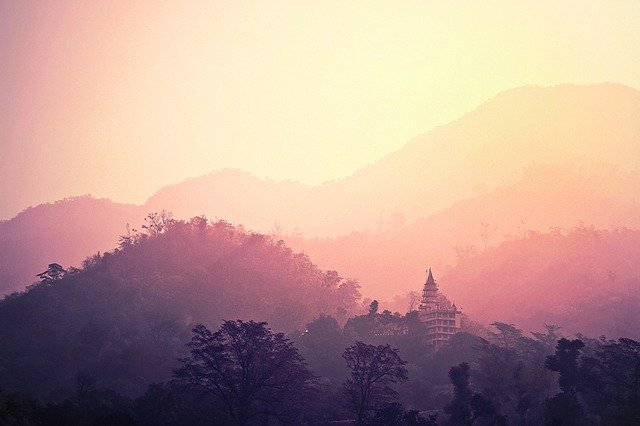
The Hariraya Temple located near Central Park in Chamba was built during the 11th century. The ancient Hariraya temple is dedicated to Lord Vishnu. The statue of Lord Vishnu installed in the sanctum sanctorum of the temple is made of eighteen pieces of metal. The statue of Lord Vishnu, enshrined in the home, has four arms and three months.
The mouth on the left side of the idol represents the Varaha avatar of Lord Vishnu and the mouth on the right side represents the Narasimha avatar. In addition to Lord Vishnu, idols of Lord Shiva, Sun God and Aruna have also been installed in the temple premises.
The main idol is decorated with a variety of beautiful ornaments such as rings, beads, beads, necklaces, bracelets, coils and armlets. Being a famous ancient and historical religious site, the Hariraya temple receives a large crowd of pilgrims Air pilgrims.
Hariraya Temple Chamba Timings
Devotees and pilgrims can visit the temple from 06:30 am to 12:30 pm and from 02:30 pm to 08:00 pm.
Hariraya Temple Chamba Entry Fee
Entry free.
Vajreshwari Temple Chamba
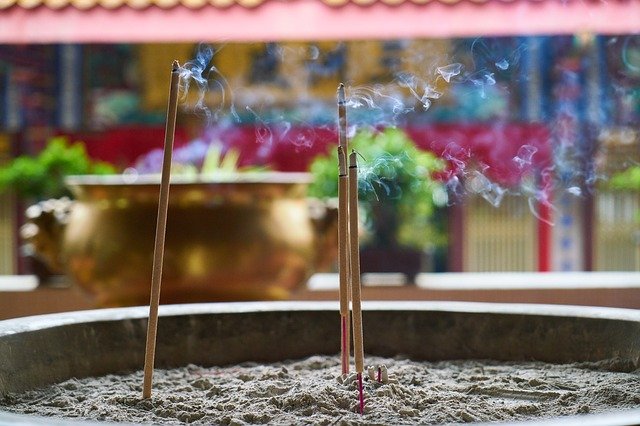
The Vajreshwari Temple, located near Jansali Bazar in Chamba, is an ancient temple of Chamba, which is more than 1000 years old. Residents worship Vajreshwari Devi as the goddess of power. According to mythology, Vajreshwari is the incarnation of Goddess Parvati. Goddess Vajreshwari is worshipped in the temple in the fiery form of Mata Parvati.
The traditional architecture of Himachal has been used in temple construction. The shikhara of the temple has been constructed in the traditional architectural style, the temple construction exhibits very fine and intricate workmanship. Apart from the stone, wood has also been used in temple construction.
Fine wood carvings in the inner part of the temple may attract your attention. Sculptures of many Hindu deities are engraved on the inner walls of the temple. Eighteen inscriptions are etched on the outer walls of the temple. Apart from all these, huge statues of lions made of stone have been installed at the entrance of the temple to protect the Vajreshwari Devi temple.
There is also a Nagarkhana or a drumhouse near the entrance of the temple. A huge statue of Goddess Durga has been installed in the sanctum sanctorum of the temple, besides a statue of Lord Vishnu sitting on the lion is also installed in the temple premises.
The idol of Lord Vishnu installed in the inner part of the temple has three mouths which are known as Varaha, Manav and Narasimha avatar. A huge fair is also organized in the temple at the time of Amavasya and Navratri in March.
Vajreshvari Temple Chamba Timings
Any time of the day.
Vajreshvari Temple Chamba Entry Fee
Entry free.
Sui Mata Temple Chamba
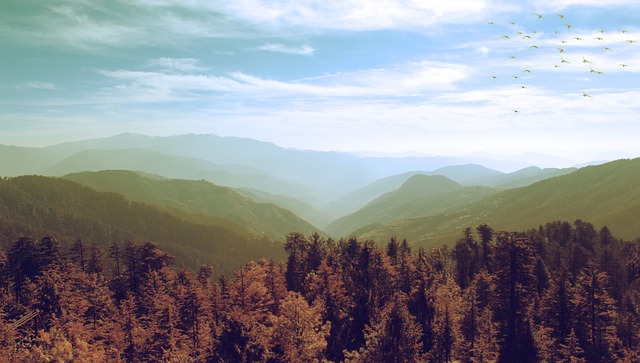
The ancient Sui Mata Temple, located just 1.2 kilometres from the main city of Chamba, is considered to be the biggest centre of reverence for the locals. The Sui Mata temple on a small hill called Shah Madar near Chamba city was built by Raja Sahil Varman, the founder of Chamba. Very beautiful 360-degree views of Chamba are seen from the top of the Shah Madar Hill.
The main temple is divided into three parts, the first part of which is the main temple, which was built by Rani Sarada, wife of Sarat Jeet Singh, king of Chamba. The second part is the path to the temple and the third and last part is a memorial dedicated to the queen Sui Devi of Chamba.
The ancient temple built in the Saho village of Chamba is dedicated in honour of the sacrifice of Queen Sui Devi, the wife of King Sahil Varman. The architecture of the temple is very attractive, the temple complex has very beautiful paintings depicting the life of Rani Sui Devi. Every year from March 15 to the first week of April, a huge fair is organized which is dedicated to Queen Sui Devi of Chamba.
During the annual fair, local married women and girls wear new clothes and come to the temple to make offerings to Rani Sui Devi. According to the legend associated with the construction of the temple, during the reign of King Sahil Varman of Chamba, there was no rain in this place for many years. King Sahil Varman made many efforts to please the gods but he did not get any success.
Due to no rain, the king gave up his throne but even after that, there was no rain in the region for many years. In the end, the king thought of taking advice from the Pandits. The pundits, after much deliberation, decided that if the king sacrificed any of his wife or son, there would be no shortage of water in this area.
It was very difficult for Raja Sahil Varman to sacrifice either his wife or son, but still, for the good of the people of Chamba, he decided to sacrifice his son. But Sui Devi, wife of Raja Sahil Varman could not sacrifice her son, so she sacrificed herself in place of her son for the betterment of the people of Chamba. After the sacrifice of Queen Sui Devi, her body was buried at the site of the present temple.
Shortly after the sacrifice of the queen, the region began to rain heavily. It is said that after the sacrifice of Queen Sui Devi, there was never any shortage of water at this place.
Sui Mata Temple Chamba Timings
Devotees and tourists can visit the Sui Devi temple at any time of the day.
Sui Mata Temple Chamba Entry Fee
Entry free.
Bharmour, Chamba
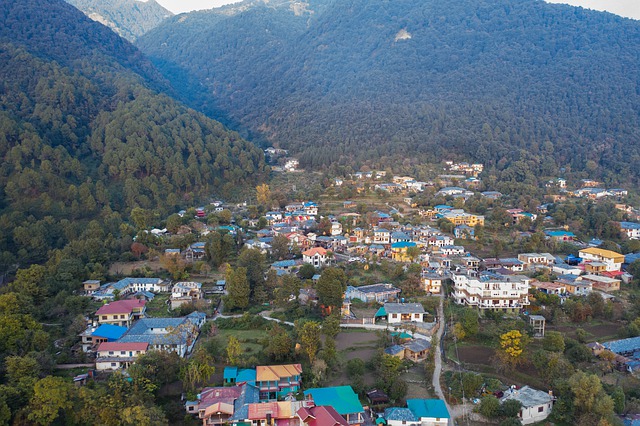
Bharmour is a small town 64 km away from Chamba. According to historical facts, Bharmour is considered to be the ancient capital of Chamba. The elevation of Bharmour from the sea level is about 2133 meters (7000 feet).
Although Bharmour is a small but very beautiful city nestled in the mountains of the Himalayas, even then, the city is very famous among tourists due to its historical, mythological and ancient temples. The nearly 1400-year-old Chaurasi temple located in the central part of the city is the major centre of attraction of this place, apart from the Chaurasi temple, many temples built here are believed to be around the 10th century.
According to mythology, Bharmour is also known as the abode of Lord Shiva. It is believed that Lord Shiva used to come down from Mount Kailash to roam the grasslands located at this place. Bharmour is situated between the Dhauladhar and Pirpanjal mountain ranges of the Himalayas and the Ravi River and Chenab Valley.
The plains of this small town are a haven for alpine pastures and shepherds. The terraced fields and gardens located in the foothills offer a very panoramic view. Bharmour has become a rich blend of natural and cultural tourist destinations due to its cultural heritage, mythological beliefs, traditional lifestyle and ancient history.
Thala Waterfall Chamba
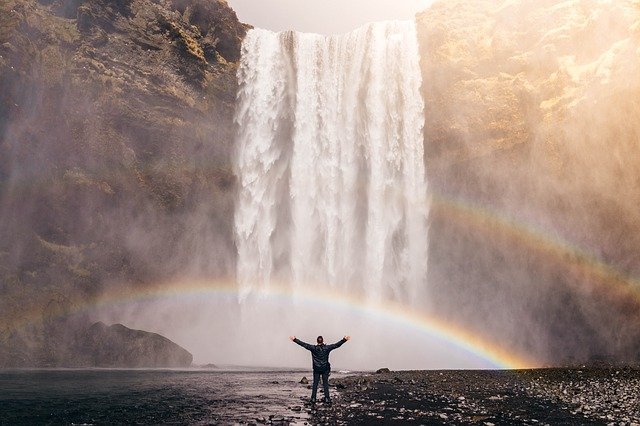
Located just 9 km from Bharmour, Thala waterfall is a very beautiful twelve-month flowing waterfall. Located near the river, this waterfall is located just 100 meters from the Tala Bridge. The most special thing about this waterfall is that it is not a monsoon waterfall, but this waterfall flows throughout the year.
So if you want to see the flowing waterfall at any time of the year, then you can come to see the Thala waterfall located near Bharmour. At a distance of 1 kilometre from Thala waterfall, there are two more beautiful waterfalls and flows which are called Chho Chhandu waterfall and Ghraed waterfall.
You can see the waterfall very close to a small bridge built near the Thala waterfall. You should not try to bathe in the Thala waterfall at all. The water of the Thala waterfalls falls from a very high height, due to which the person bathing in the waterfall can get hurt.
Another reason is that the water of the Thala waterfalls falls from the top so fast that high pressure is created in the waterfall, due to this the person bathing in the waterfall can be pulled to the bottom of the waterfall. Yes, if you know how to swim very well then only you can make up your mind to swim in a waterfall.
A trip from Bharmour to Thala waterfall with your family or friends will be a trip to provide a pleasant experience for you.
Thala Waterfall Chamba Timings
Any time of the day.
Thala Waterfall Chamba Entry Fee
Entry free.
Hadsar Waterfall Chamba
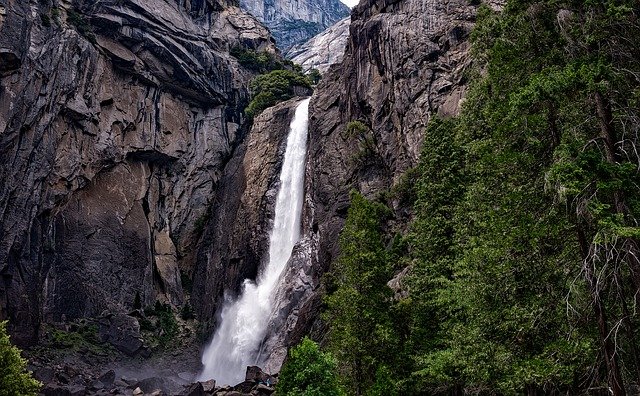
Hadrsar is a small town located about 72 kilometres from Chamba. Most of the tourists prefer to stay here during their visit to Manimahesh Lake. Some people also call Hadsar the base camp of Manimahesh Yatra and some also call this small town the home of waterfalls.
The most famous waterfall of Hadsar is called Hadsar Falls. Surrounded by the Himalayan mountains, this waterfall is naturally beautiful. If you want to see Hadarsar waterfall during your Manimahesh trip, then you can reach this waterfall very easily by taking a short trek.
Hadsar Waterfall Timings Chamba
Any time of the day.
Hadsar Waterfall Entry Fee Chamba In Hindi
Entry free.
Minjair Festival Chamba
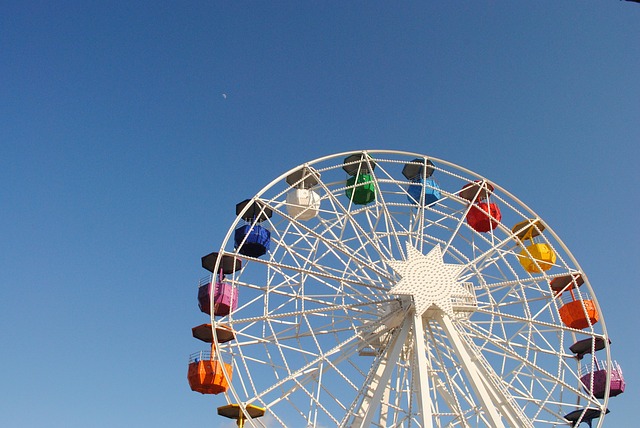
Minjar is a type of silk pendant worn by men and women of Chamba. Residents of Chamba consider the Minjar fair as a very big festival. The Minjar Fair is a festival associated with the farming of the local people, the residents celebrate this fair with great enthusiasm as a festival of prosperity and prosperity.
Residents consider the second Sunday of the Shravan month (July and August) of the Hindu calendar to be an auspicious day for this fair. This fair is held for one week at Chaugan Maidan in Chamba. At the time of the fair, a variety of cultural programs are organized throughout the week at Chaugan Maidan in which local folk artists participate vigorously.
According to historical evidence, the local people welcomed the king with bundles of paddy and maize in 935 AD when the then-king of Chamba came back to defeat the king of Trigarta (present-day Kangra) in battle. Presently maize and paddy crops are prepared from Chamba fields, then local people organize this fair. The Minjar Fair of Chamba is very famous in the whole of Himachal Pradesh, which is why the Minjar fair has also been recognized as the state fair of Himachal.
The best time to visit Chamba
By the way, you can visit Chamba at any time of the year. If you do not like very severe cold, then you can come to visit Chamba at any time from April to June. Apart from this, if you want to see the beautiful views of Chamba, then you can come to visit Chamba during the monsoon.
During the monsoon, the views of the green valleys in Chamba are very beautiful. Chamba experiences very severe cold during the winter season, so before coming here, you must bring a lot of warm clothes with you. If you have good luck, then you can get to see snowfall in the winter season.
Hotel in Chamba
Chamba is a major district of Himachal Pradesh as well as a major tourist destination. There are several major tourist places of Himachal around the district of Chamba like Dalhousie, Khajjiar, McLeodganj and Dharamshala. Due to being a major tourist destination and the centre of many tourist places in Himachal, many hotels are available to stay in Chamba.
If you want, you can book the hotel for yourself by reaching Chamba directly and if you want, you can also book a room in the hotel for yourself by a travel agency. There are a lot of websites and mobile applications available for booking hotels in Chamba. You can also book hotels for yourself in Chamba through them.
Foods in Chamba
Although Chamba offers plenty of options for fast food and Chinese food, you should also try local food while travelling to Chamba. Apart from eating Himachali, you can enjoy Rajma, Rice, Channa, Curd and Kadhi prepared locally.
How to reach Chamba
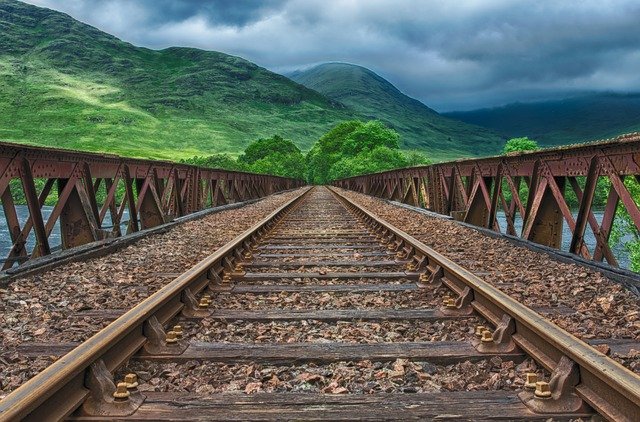
How to reach Chamba by flight
If you want to come to Chamba by flight then the nearest airport is Pathankot Airport. The distance from Chamba to Pathankot Airport is 118 kilometres. Apart from Pathankot, you can easily reach Chamba from Amritsar Airport and Chandigarh Airport. The distance from Chamba to Amritsar is 217 km and the distance from Chamba to Chandigarh is 333 km.
How to reach Chamba by road
Buses of Himachal Road Transport Corporation run regularly from the nearby states of Chamba such as Delhi, Haryana and Punjab. Apart from this, many private bus operators also provide regular bus services from Delhi, Chandigarh, Pathankot, Shimla, Kangra, Solan, Dharamshala and Amritsar to Chamba. You can reach Chamba very easily from your private vehicle, apart from this, Chamba can be reached easily by taxi.
How to reach Chamba by train
The nearest railway station to Chamba is Pathankot railway station in Punjab. Regular trains run from all major railway stations of India to Pathankot. From Pathankot, you can reach Chamba very easily.
(If you have reached here in this article, then I have a small request from you to share your suggestions related to this article in the comment box below, and if you see any deficiency or any wrong information, then also Tell me. I keep posting information related to my travel on this website, if you like the information given by me%2

